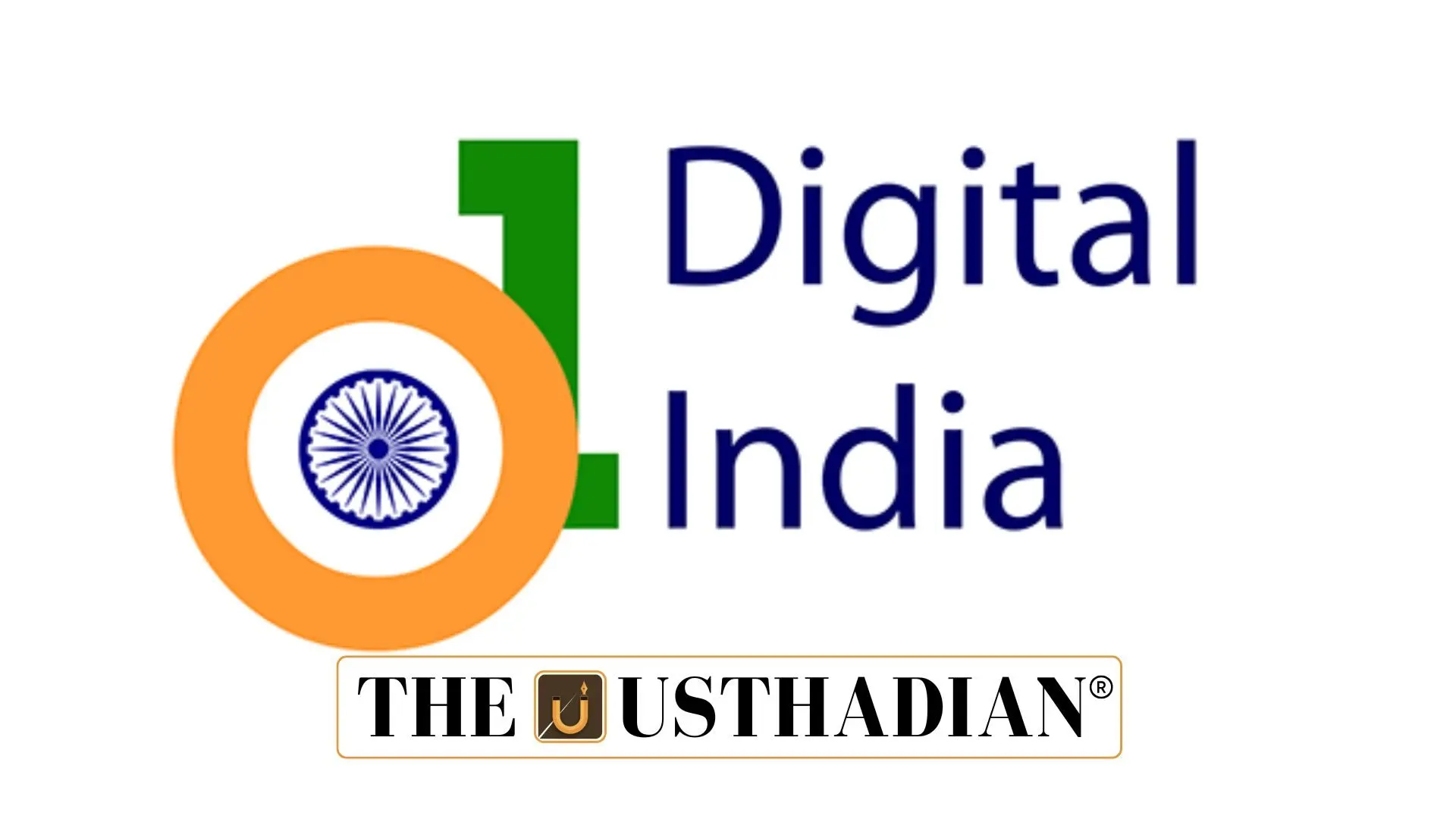Transforming governance through technology
11 Years of Digital India A Tech Revolution Empowering the Poorest: In June 2025, India celebrates 11 years of the Digital India initiative, a mission that has steadily changed how governance works at the grassroots. Launched in 2015 by Prime Minister Narendra Modi, this vision was about more than just gadgets and apps. It was about ensuring that even the poorest citizens could access government services easily, without standing in long queues or relying on middlemen.
The mission has built a framework where the digital backbone supports welfare delivery, making processes smoother, quicker, and more transparent. From rural pensioners to urban students, millions have felt the difference.
Direct Benefit Transfer speeds up welfare
One of the most impactful tools of Digital India has been the Direct Benefit Transfer (DBT) system. It connects government schemes directly to people’s bank accounts.
Today, more than ₹44 lakh crore has been sent directly to beneficiaries, cutting out middlemen. Over 322 schemes from 56 ministries use this system. The savings of ₹3.48 lakh crore show how much was being lost before due to leakages. In the last decade, DBT usage has grown 90 times, a major shift in public finance efficiency.
Aadhaar becomes a digital backbone
The Aadhaar number, issued to over 140 crore Indians, is now part of daily life. Whether it’s opening a bank account, receiving subsidies, or verifying identity online, Aadhaar plays a vital role.
With 150 billion+ Aadhaar-based transactions, it is the world’s largest digital identity system. It helps verify people in seconds, making services faster and safer.
DigiLocker and paperless access
The DigiLocker platform is like a digital briefcase. It stores documents such as PAN cards, driving licenses, and educational certificates. Over 52 crore users have accessed more than 852 crore digital documents.
This not only saves paper but makes life simpler for citizens. Government institutions now accept digitally signed certificates, making the system cleaner and more transparent.
Helping pensioners with Jeevan Pramaan
Earlier, senior citizens had to go to banks physically to submit life certificates. With Jeevan Pramaan, they can now submit it digitally. Over 10 crore pensioners have enrolled, and since November 2024, 143 lakh life certificates have been uploaded without stepping out of home.
This small change has brought big relief to elderly citizens.
UMANG app as a one-stop portal
The UMANG app has brought more than 2,000 government services into one platform. Be it applying for a passport, paying utility bills, or checking exam results, it’s all available in one place.
More than 8.21 crore users have made 597 crore+ transactions, showing how much people rely on this app.
Empowering rural India digitally
The Pradhan Mantri Gramin Digital Saksharta Abhiyaan (PMGDISHA) aims to make 6 crore rural Indians digitally literate. This program is closing the digital gap between cities and villages, teaching people how to use phones, apps, and access online services.
This aligns with the Constitution’s Directive Principles of promoting equal access to opportunities.
Static Usthadian Current Affairs Table
| Key Topic | Data / Information |
| Launch Year of Digital India | 2015 |
| PM at Launch | Narendra Modi |
| Total DBT Amount Transferred | ₹44 lakh crore |
| Aadhaar Holders | 140+ crore |
| DigiLocker Users | 52 crore |
| UMANG App Services | 2,000+ |
| Rural Digital Literacy Goal | 6 crore individuals |
| Pensioners using Jeevan Pramaan | Over 10 crore |
| Aadhaar Transactions | 150 billion+ |
| DBT Enabled Schemes | 322 schemes under 56 ministries |








